Dhaka, Jan 10 (V7N) – Dhaka, the capital of Bangladesh, ranked as the world’s fourth most polluted city today, recording an Air Quality Index (AQI) of 219, which falls under the “very unhealthy” category. This high AQI level poses serious health risks to residents exposed to such pollution.
Cairo, Egypt, led the global pollution rankings with an AQI of 308, classified as “hazardous.” Delhi, India, followed with an AQI of 242, while Kampala, Uganda, recorded 227. Dhaka’s AQI of 219 underscores the worsening air quality crisis in major cities.
Health Risks
An AQI of 219 presents major health dangers for everyone, especially vulnerable groups like children, the elderly, and those with preexisting health conditions. Dhaka’s main pollutant, fine particulate matter (PM2.5), was measured at 143.6 µg/m³—28.7 times higher than the World Health Organization’s (WHO) recommended annual limit.
Long-term exposure to such high PM2.5 levels can lead to severe respiratory and cardiovascular conditions, increasing the risks of stroke, heart disease, and lung cancer. The WHO attributes more than seven million deaths globally each year to air pollution.
Air quality in Dhaka typically worsens during winter due to increased emissions from brick kilns, vehicle exhaust, and construction dust. The lack of rainfall during this period allows pollutants to remain in the air longer. However, the monsoon season usually improves air quality by washing away airborne particles.
The AQI evaluates several pollutants, including PM2.5, PM10, nitrogen dioxide (NO₂), sulfur dioxide (SO₂), carbon monoxide (CO), and ozone (O₃). PM2.5 is particularly dangerous due to its ability to penetrate deep into the lungs and enter the bloodstream, causing lasting health damage.
Other cities also face severe air pollution:
- Cairo, Egypt: AQI 308 (“Hazardous”)
- Delhi, India: AQI 242 (“Very Unhealthy”)
- Kampala, Uganda: AQI 227 (“Very Unhealthy”)
- Karachi, Pakistan: AQI 179 (“Unhealthy”)
- Manama, Bahrain: AQI 173 (“Unhealthy”)
Addressing air pollution in Dhaka and other severely affected cities requires urgent and coordinated measures. This includes enforcing stricter emission controls, upgrading urban infrastructure, and investing in sustainable energy solutions. Without prompt action, the health and economic consequences of prolonged air pollution will continue to worsen.
This latest data highlights the urgent need for long-term, sustainable strategies to address the growing threat of urban air pollution.
END/CLM/RH



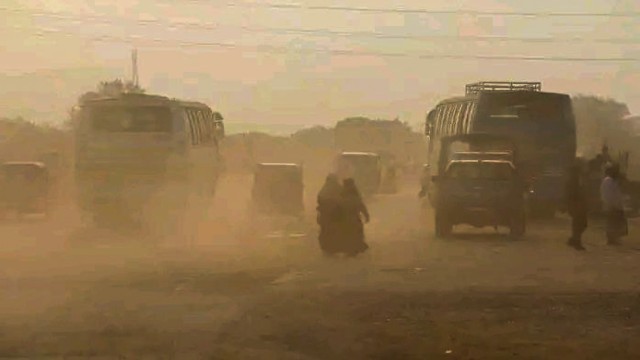


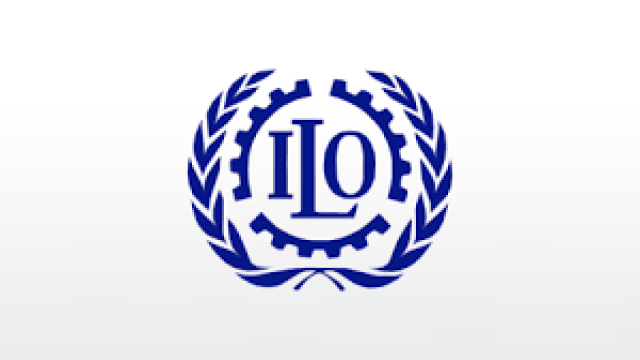











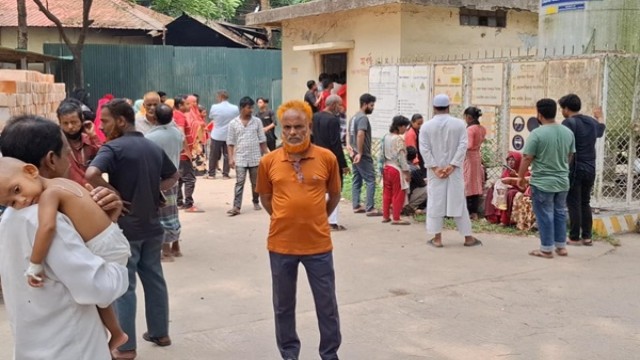






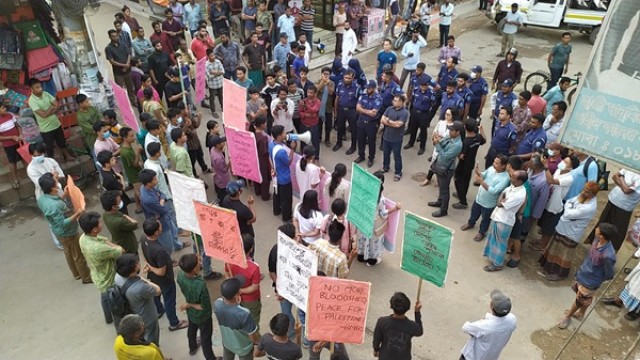


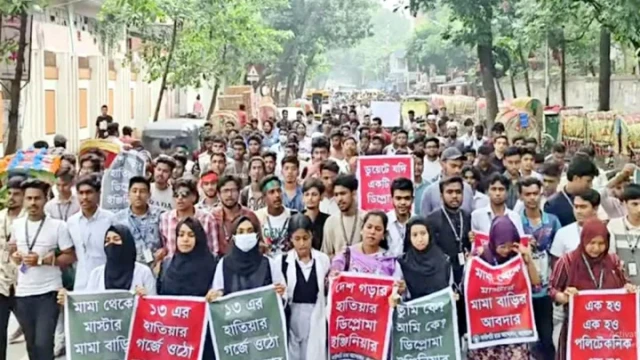

Comment: